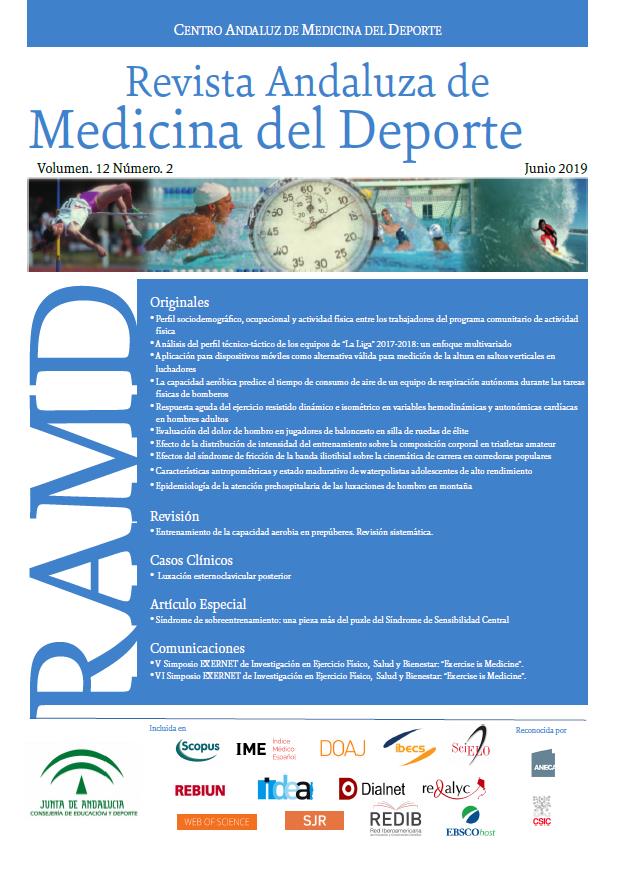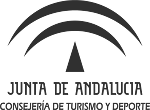Aerobic fitness predicts the air consumption time in the self-contained breathing apparatus during physical task of firefighters
Abstract
Objective: The aerobic fitness on predicting firefighters’ air consumption time from self-contained breathing apparatus (T_SCBA) during physical task was investigated.
Methods: Twenty firefighters were divided in two groups: G1 (n=10; 28.0±3.1 years) for the generation of a predictive equation of T_SCBA and G2 (n=10; 25.4±2.3 years) for the validation of the predictive equation. The groups completed two performance tests in separate days: 1) maximal 1600m running in order to determine mean velocity (1600mV) and maximal heart rate; 2) submaximal running/walking at intensity between 88–92% of the maximal heart rate. In second test, the firefighters were equipped with protective clothing (boots, gloves, cape, helmet and balaclava) and the self-contained breathing apparatus. The T_SBCA (corresponding to 1020 liters of pressurized air), blood lactate, heart rate and rate of perceived exertion were measured.
Results: The linear regression of G1 (T_SCBA vs. 1600mV) resulted in the following predictive equation: T_SCBA= 0.0442*1600mV (m.min-1) + 4.5029 (r= 0.85; SEE= 0.73; p<0.001). When analyzing in G2, the measured and predicted T_SCBA using the equation generated in G1, no significant differences were found (T_SCBA measured= 15.5±2.5 min vs. T_SCBA predicted= 14.7±0.4 min; p=0.21). High correlation (r=0.95; SEE= 0.79; p<0.001) and agreement of the difference of the means (0.9 min [-3.1/+4.8]) were also found.
Conclusion: Aerobic fitness presented high correlation with T_SCBA. In addition, the proposed predictive equation was considered valid to estimate T_SCBA during physical task of firefighters, which can have practical application in the labor activity of this population.


